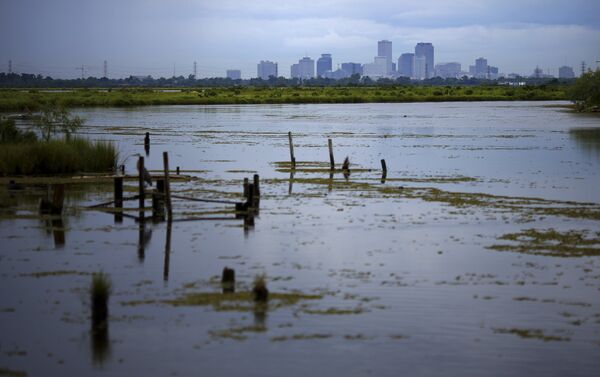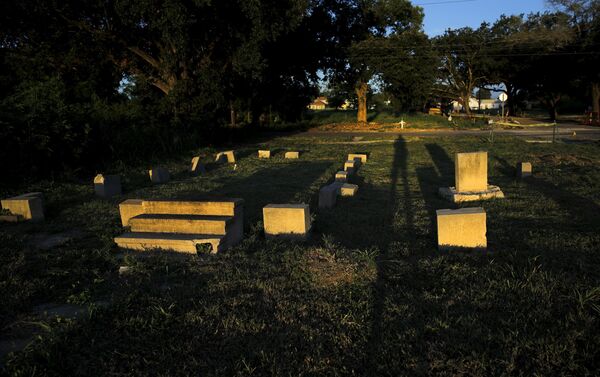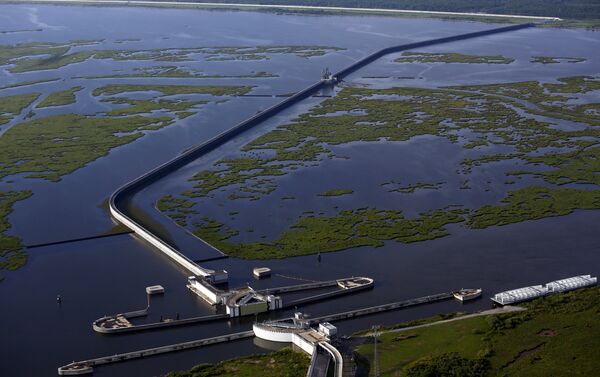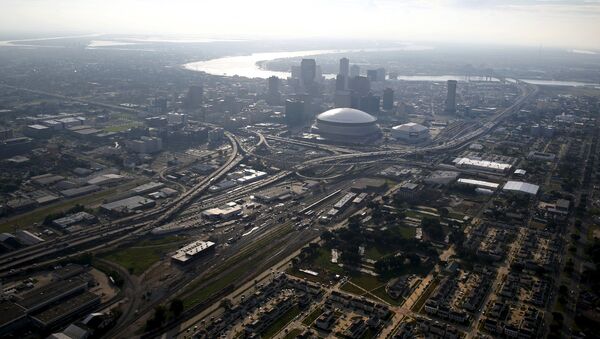Cuatro de cada cinco blancos encuestados consideran que la ciudad ha superado casi por completo los efectos del huracán que alcanzó su territorio el 29 de agosto de 2005, mientras tres de cada cinco afroaestadounidenses sostienen lo contrario, indica la encuesta de la Universidad Estatal de Louisiana.
Estos resultados se relacionan con "las disparidades de la economía local", el "estado en que se encuentran las escuelas" y, en general, "la calidad de vida", señala el periódico.



Otro estudio, publicado este mes por la Fundación Kaiser, indica que el 78 por ciento de los vecinos de Nueva Orleans encuestados son optimistas respecto del futuro de su ciudad.
Pero las cifras son diferentes en función de la etnia, pues mientras el 85 por ciento de los blancos se muestran esperanzados, la proporción baja a 75 por ciento entre los afroestadounidenses, y mientras el 70 por ciento de los blancos consideran que Nueva Orleans ya se ha recuperado, solo el 44 por ciento de los negros responden lo mismo.
Con vientos de 200 kilómetros por hora y un frente de más de 200 kilómetros, Katrina, el tercer huracán más potente registrado en el Golfo de México, destruyó los diques de contención de Nueva Orleans, inundó buena parte de sus barrios más pobres y dejó 1.833 muertos.
En la semana del décimo aniversario de la catástrofe se esperan las visitas de los expresidentes Bill Clinton y George W. Bush y del mandatario Barack Obama, quien viajará el miércoles 27 a Nueva Orleáns para promover los esfuerzos de su gobierno para "restaurar las infraestructuras y economías regionales", según el New York Times.
Obama también insistirá en los peligros del cambio climático y en los eventos catastróficos que este podría propiciar, según advierten los científicos.




